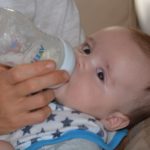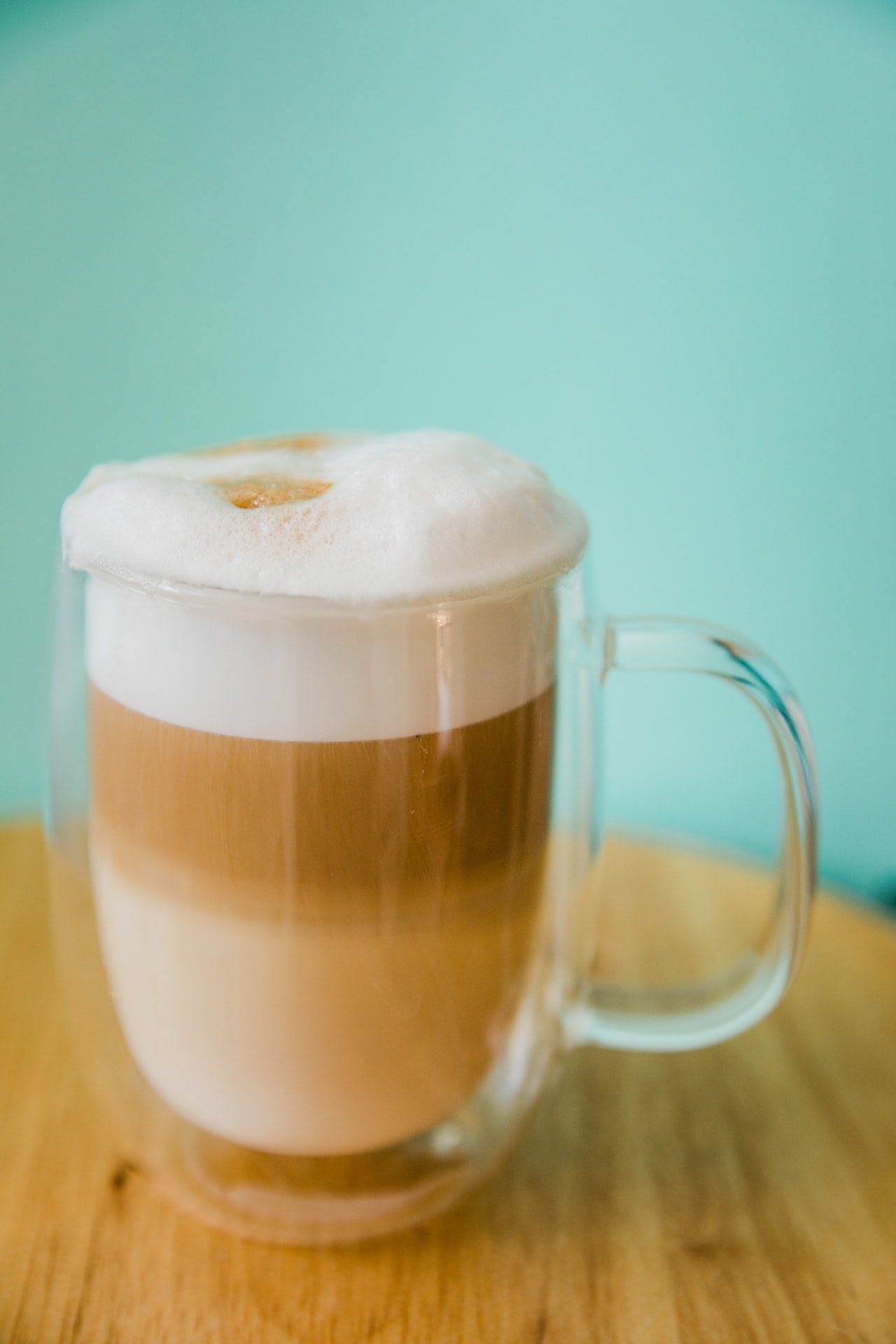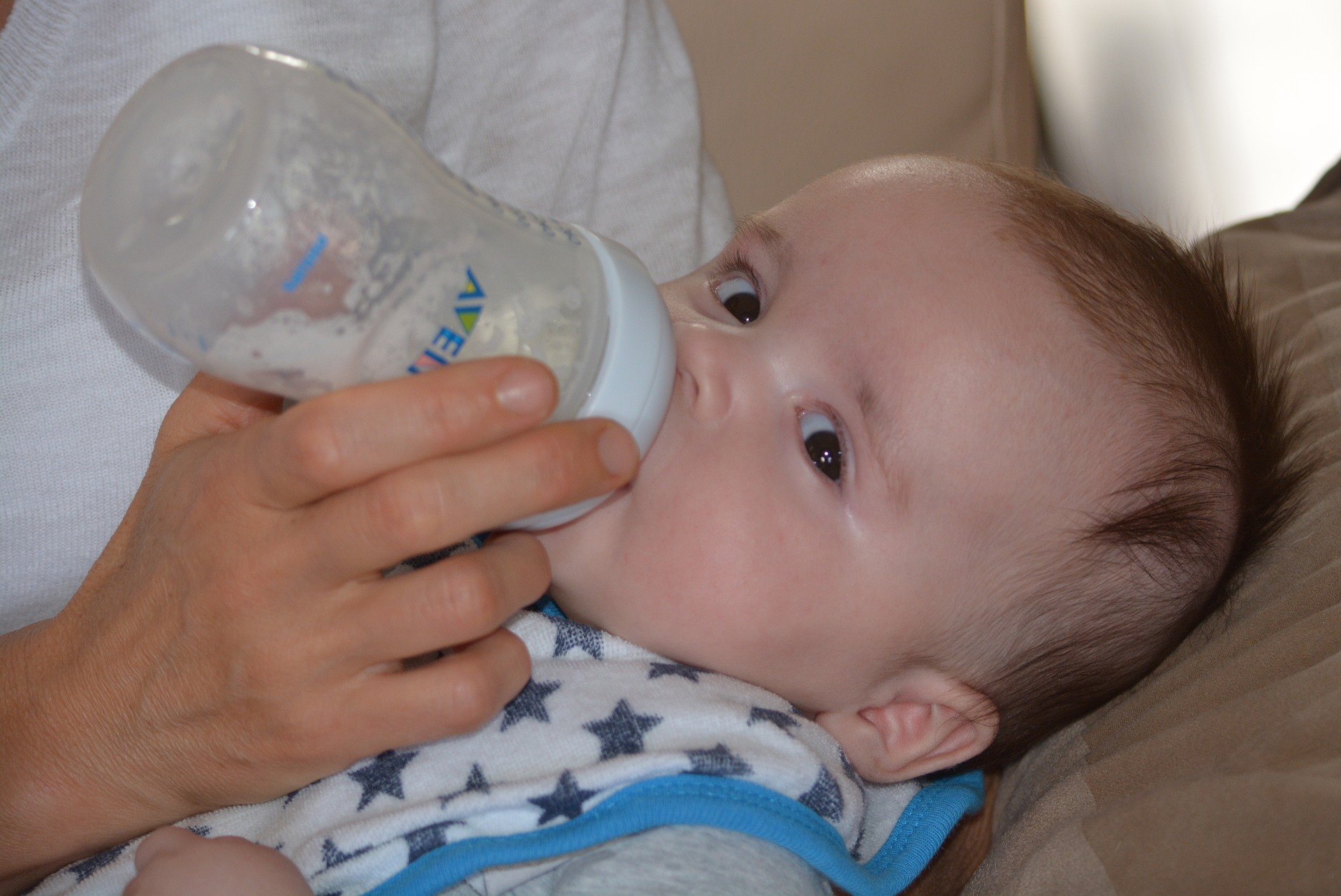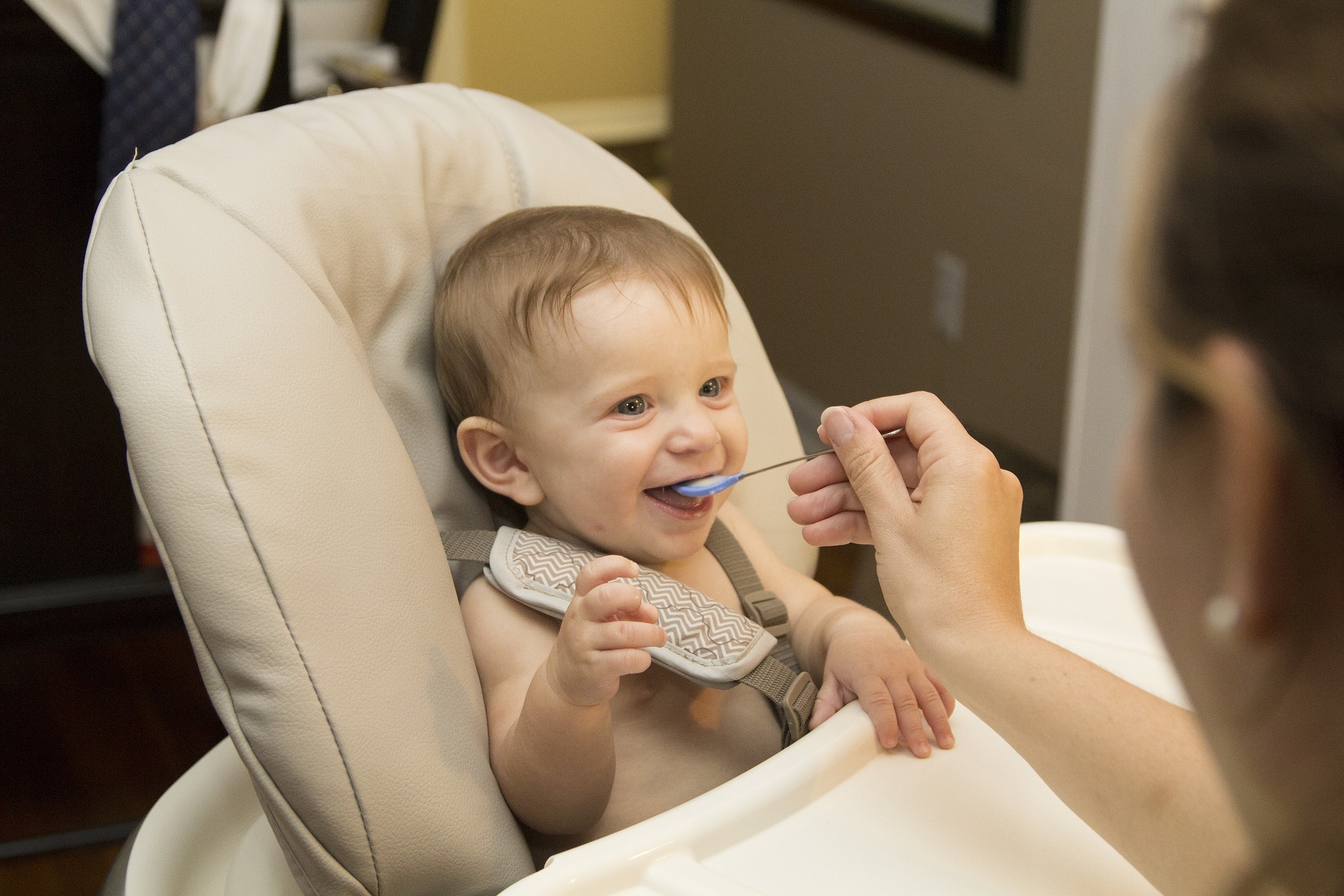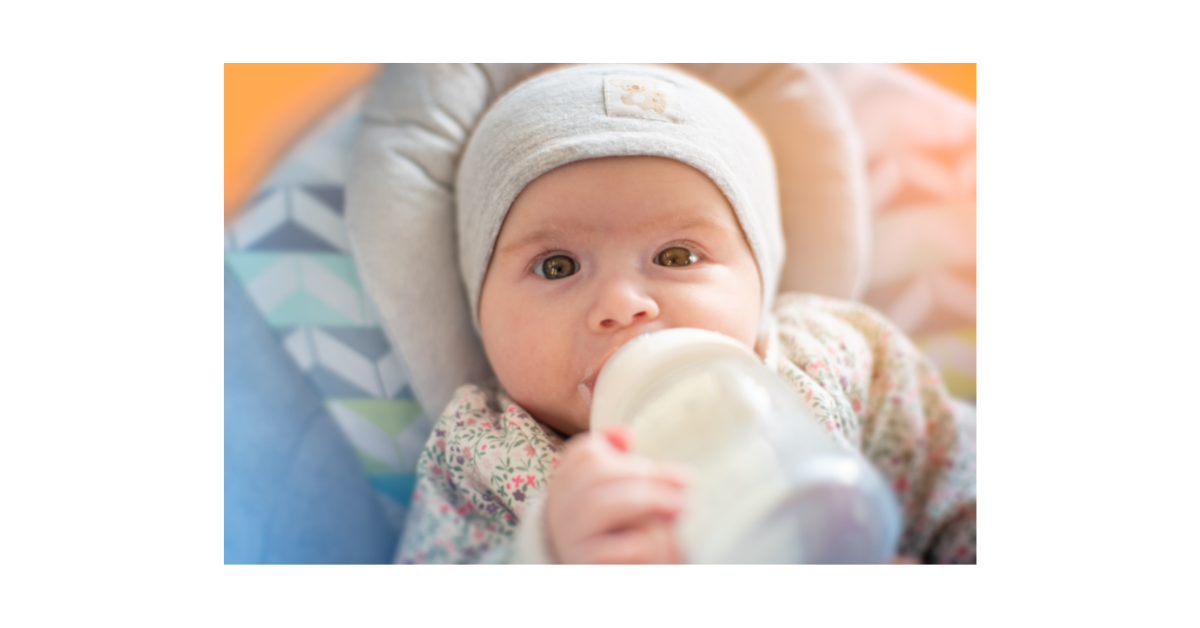Many parents are curious about the frothy texture of their baby’s formula and often wonder why it is so foamy. Baby formula is designed to have a foamy texture to help your baby digest it properly. It weirded me out too at first!
This post will explain why the baby formula is so frothy and how it can help your baby absorb the necessary nutrients. We will also provide tips on reducing foam in the baby formula if you find it undesirable.
Table of Contents
- Why Is My Baby Formula So Foamy?
- Are There Any Tips to Reduce the Foam in My Baby’s Formula?
- How Does the Foam in Baby Formula Compare to Other Brands?
- What Are Some Common Misconceptions About the Foamy Texture of Baby Formula?
- Disadvantages of Using a Foamy Formula
- FAQs
- Can I Use a Foamy Formula if My Baby Is Prone to Gas?
Why Is My Baby Formula So Foamy?
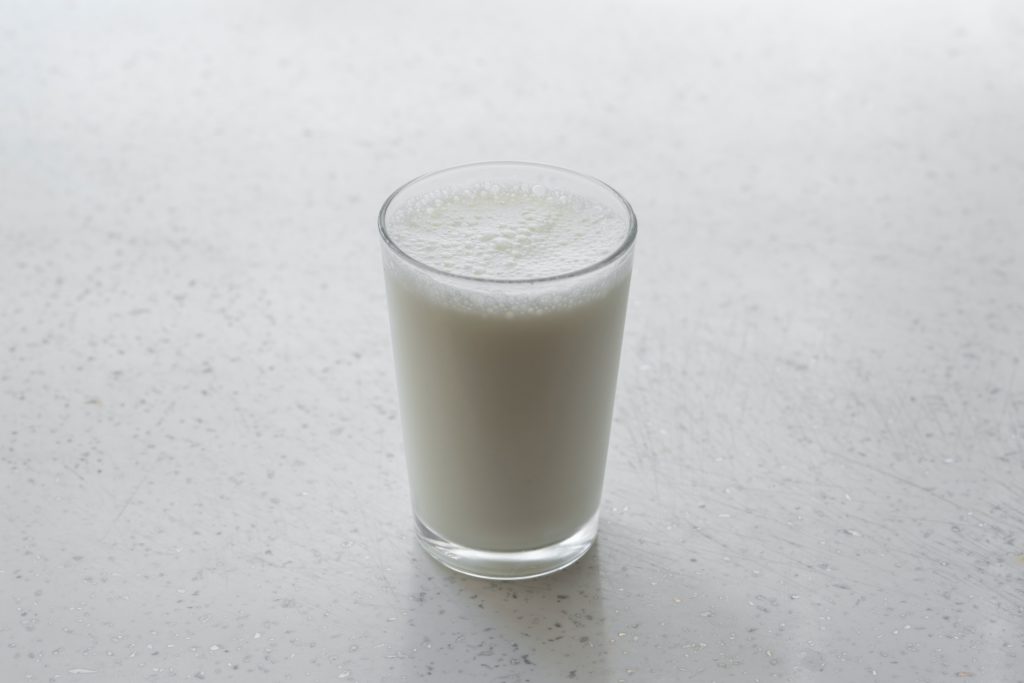
There are a few reasons why your baby’s formula may be foamy.
- First, you could be shaking the bottle too much when you mix it. This can add air to the formula and cause it to become foamy.
- The formula you are using may be more prone to foaming. For example, soy-based formulas tend to be foamier than other types.
- The water you are using to mix the formula may be causing it to foam. This is most likely to happen if you are using distilled or reverse osmosis water, which has all of the minerals removed from it.
- Finally, it is possible that your baby’s formula is expired or has been contaminated in some way. If you suspect this is the case, dispose of the foamy formula and get a new one.
Are There Any Tips to Reduce the Foam in My Baby’s Formula?
Many parents of newborns, and even me at first, worry about the amount of foam in their baby’s formula. They may have heard that too much foam can cause gas or indigestion or that it indicates that the formula is not mixed properly. While it is true that large amounts of foam can be problematic, a few simple tips can help reduce the foam in your baby’s formula.
- First, be sure to shake the bottle well before each feeding. This will help to evenly distribute the ingredients and prevent clumping.
- Try using a different brand of formula. Some brands tend to produce less foam than others. Third, if you are using powdered formula, be sure to measure the powder accurately. Using too much powder can result in excessive foaming.
- Avoid using tap water to mix the formula. Tap water may contain minerals that can contribute to foaming. Instead, use distilled or filtered water.
- Finally, if you notice that your baby is having difficulty digesting the formula, talk to your pediatrician. They may recommend a different type of formula that is easier on your baby’s stomach.
How Does the Foam in Baby Formula Compare to Other Brands?

Parents have many choices when it comes to feeding their babies, and one of the most important decisions is which type of formula to use. Foam-based formulas are a popular option for parents who want to give their babies a nutritious and convenient option. But how does the foam in baby formula compare to other brands?
Foam-based formulas are made with milk proteins combined with water and then subjected to an ultra-high-pressure process that creates a foamy texture. This formula is easy to digest and can easily mix with other liquids.
Foam-based formulas often have a higher protein content than other formulas, making them a good option for growing infants. However, some parents find the foamy texture difficult for their babies to tolerate. Additionally, foam-based formulas can be more expensive than other types of formulas.
Ultimately, the decision of which type of formula to use is a personal one. Parents should consult their pediatricians to determine which formula is best for their babies.
What Are Some Common Misconceptions About the Foamy Texture of Baby Formula?

Formulas come in many varieties, including powder, liquid concentrate, and ready-to-feed. They are also available in several flavors, such as vanilla, chocolate, and strawberry. However, one thing that all formulas have in common is their foamy texture. This foamy texture is often confusing for parents unfamiliar with preparing formulas correctly.
One common misconception is that the foamy texture is caused by too much water being added to the powder. In reality, the foamy texture is caused by air bubbles introduced when the powder is mixed with water. These air bubbles are quickly eliminated when the mixture is shaken well before being fed to the baby.
Another common misconception is that the foamy texture indicates that the formula has gone bad. However, this is not the case; while a formula that has been previously frozen or heated may have a slightly different texture, it will still be safe for your baby to consume.
Disadvantages of Using a Foamy Formula
The consistency of foamy baby formulas can be an issue for some infants. While some babies take easily to the thick, creamy texture, others may have difficulty swallowing it. Because the foam is less dense than other types of formula, it can also cause gastrointestinal issues in some infants, leading to gas, bloating, and diarrhea.
In addition, the high air content in foamy formulas can make them more expensive than other formulas. And finally, because they are more difficult to prepare, foamy formulas can be a hassle for busy parents. While they have drawbacks, foamy formulas can still be a good option for some babies. It really depends on a case by case basis.
FAQs
How Can I Reduce the Amount of Foam in My Baby’s Formula?
To reduce the foam in your baby’s formula, try using distilled or filtered water instead of tap water. You can also shake the mixture less vigorously when you are preparing it.
Can I Use a Foamy Formula if My Baby Is Prone to Gas?
If your baby is prone to gas, you may want to try a different type of formula. Some parents find soy-based formulas can be easier for their baby’s digestive system.
Is It Safe to Use a Foamy Formula if My Baby Has Reflux?
There is no definitive answer to this question. Some parents find that their baby’s reflux is improved when they switch to a foamy formula, while others find that it makes the problem worse. You will need to experiment to see what works best for your baby.

